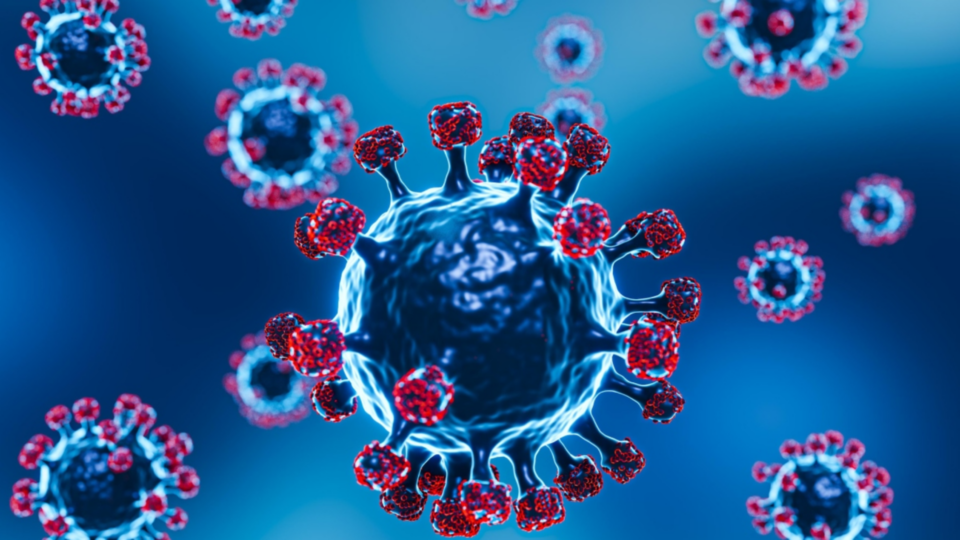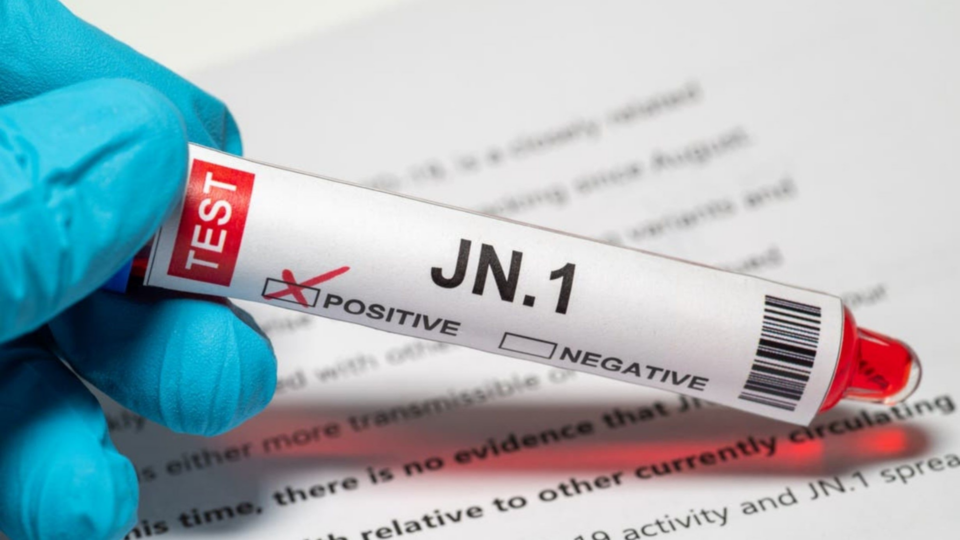
Monkeypox, Know How Long Symptoms Lasts, Precautions
Surging cases of Monkeypox in several countries in North America and Europe have created a major cause of concern about the fluidly spreading abilities of this virus. The Monkeypox virus belongs to the Orthopoxvirus genus in the family Poxviridae, it is a rare disease similar to smallpox and it is not very much known by us. The reason for its transmission to humans can be through close contact with an infected person or an animal or coming in contact with an object or material contaminated by a virus. This disease is self-eradicating just like smallpox, meaning the symptoms of this virus are resolved within 14-21 days.

Common Symptoms of Monkeypox
Symptoms of Monkeypox include: common cold or flu, fever or exhaustion, muscle pain, headache, back pain, fatigue, lymph nodes can become swollen, etc.
What Are Rashes?
As per WHO, the infection caused by the virus can be divided into phases, the first is an invasion of the skin and the second is a skin rash.
The skin invasion phase lasts for at least 0-5 days, “causing fever, intense headache, swelling of the lymph nodes, back pain, muscle aches and lack of energy”.
How Monkeypox Rash Becomes Severe?
Dr Subhash Kakkar, ENT Sr. Surgeon said it starts with red rashes all over the body, while specifically concentrated on the face and limbs then leading to bumps filled with a white milky liquid.
He further said, “When the scab falls there can be pitted scars leading to lighter or darker skin discolouration.”
The expert informed, “The whole process can take up to 2-4 weeks. Though a patient infected can transmit the disease from 1 day before to 21 days after the first symptom(s) or scab falls are detected.”
Dr Subodh Sirur a dermatologist from Masina Hospital told, “Patients with monkeypox present with fever, headache and swellings due to enlarged lymph nodes. The rash generally appears a day or two after the onset of fever starting from the face and then spreads to the lower parts of the body. The rash appears in a distribution which is away from the centre of the body (described as centrifugal distribution). The skin lesions may be few or many. A typical rash evolves from a red, flat spot which then becomes raised and then goes on to develop clear fluid within the rash. This fluid-filled lesion (vesicle) develops a central depression. Pus can form within the lesions which then crust and heal. There may be many lesions in different stages of evolution.”
Also read:
Green Tea Or Green Coffee: Which Is Best For You?
Precautionary Measures
- Maintain hand hygiene
- Stop consuming raw or undercooked meat.
- Stay away from infected animals.
- Prevent yourself from being exposed to the materials infected by positive patients.



